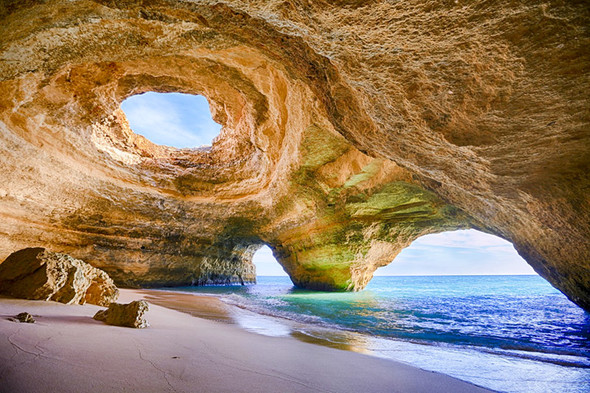Better known for its beaches, tourism and throngs of holidaying Brits, the Algarve has a long wine-making tradition, especially for fortified wines; in the Middle Ages, trade of Algarve wines was of great importance. However, in the mid-twentieth century, wine production, which historically had been located nearer to the sea, declined rapidly, unable to keep up with the march and profits of tourism. Much of the wine that was produced was bulk wine from cooperatives sloshed out to tourists in the resorts lining the coast. Quantity not quality was the driving force.
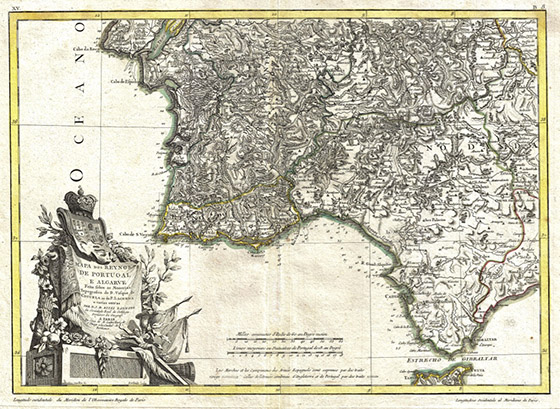
Consulting my wine books prior to spending my summer holidays there, I found only a few lines devoted to the Algarve. Resolved to visit a vineyard or two, even with a twelve-year-old in tow, I sought the advice of my Portuguese #winelover friends. I discovered that the last ten years or so has seen a growing number of boutique wineries emerging in the hinterland, away from the chips, beer and bacon butties found on the coast. Indeed, British pop star Cliff Richard has invested in a winery, Adega do Cantor, near to the resort of Albufeira which is also helping put Algarve wines on the map.

In the eighties, four DOPs were created, centred on the main cooperatives at that time (Lagos, Portimão, Lagoa and Tavira), only one of which is still in operation, although much of the wine produced is sold under the Vinho Regional Algarve. There are still a small number of upscale cooperatives, but also a resurgence of independent wineries. Many of the wineries are relatively young as much of the vineyard area had been near to the sea, snapped up by developers and now concreted over with holiday homes and tourist trappings.
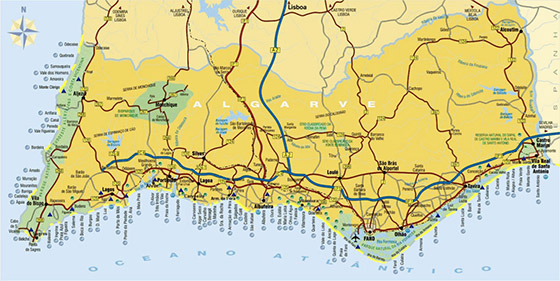
What attracts the tourists, the 3000 plus hours of bright sunshine and the temperature, is also popular with the vines, allowing them to ripen quickly and accumulate good amounts of sugar, although they may struggle to reach full phenolic ripeness. In addition to the sun, there is also reliable rainfall from the Atlantic, so all their needs are met. The Algarve is also protected in a kind of natural amphitheatre from the harsh north winds that neighbouring Alentejo has to endure and is moderated by both the Mediterranean to the south and the Atlantic to the north. As concerns soils, the Algarve is dominated by limestone, some sandstone and sandy soils nearer the coast as well as some schist on the more mountainous slopes to the north.
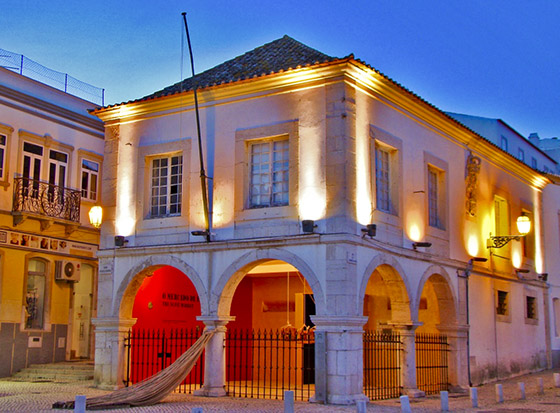
Traditional varieties grown in the Algarve are Arinto, Manteũdo, Malvasia Fina and Siria for the whites and Castelão and Negra Mole for the reds; however, there are more than 80 different varieties planted including other Portuguese varieties such as Alvarinho, Trincadeira and Touriga Nacional as well as international varieties like Syrah, Viognier and Chardonnay. The majority of production is red wine, although some fresh whites and rosés are also produced. The wines, often blends, can have very high alcohol, although they may be lacking in acidity.
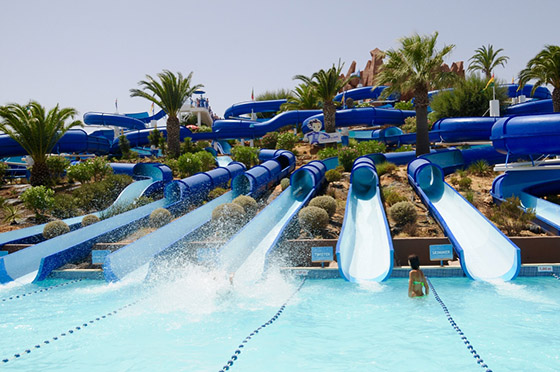
In situ, having appeased the younger generation with a day at Slide & Splash water park, we headed off for a mini exploration of Algarve wines with a couple of winery visits in the Lagoa region.
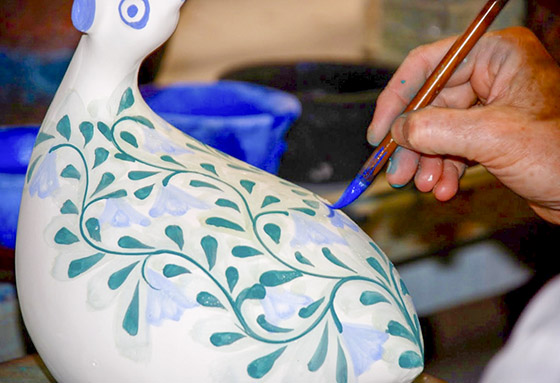
If you can drag yourself away from the stunning coves, beaches and cliffs for more than a day to explore the interior of the Algarve and its wines, other recommended wineries (we'll write about two wineries from the region in this month) include Cabrita – Quinta da Vinha and Quinta João Clara. The Rota dos Vinhos do Algarve website also lists wineries by demarcated region and makes four suggestions for tours to follow along with sights to visit along the way. However, the English version of the site does not yet seem to be entirely complete, under construction, just like the burgeoning boutique wineries in the Algarve. Definitely a region to be watched.



